What is the main recommendation to speed up the work or revive the computer, the technical capabilities of which have already significantly lost ground? Right! The main recommendation is to install an SSD drive, aka a solid-state drive. In fact, the installation of an SSD-disk, if we draw an analogy with the medical theme-this is not a panacea for all diseases, but an extremely effective treatment. A universal remedy to speed up healing, and in this case, a universal remedy to revive even the most hopeless representatives.
Even some 5 years ago, the presence of a solid-state drive in a computer was regarded as a certain element of luxury, as the cost of such storage devices impressed as well as their capabilities.
Currently, solid-state drives are just entering the large-scale consumer market, gradually forcing users to think about upgrading their computers.
It is quite logical that if the computer was previously installed a conventional hard drive, and it is working, then its undisclosed potential can be used by creating an extremely ambitious bunch of "SSD + HDD". And about how to do it, what to pay attention to when setting up and will be discussed in this topic.
How to choose SSD
Immediately it is worth noting that solid-state drives became available at a reasonable price only a few years ago, which was the main catalyst for their mass appearance in the user market.
The question under consideration has an incredibly complex structure, as it is extremely difficult to take into account all the wishes and capabilities of users, and provide them with a 100% option that will satisfy all their needs.
Considering this, the recommendations should focus on the analysis of several basic criteria for choosing an SSD drive, as well as a comparative table for the most popular drives. So, let us get started.
How to choose a form factor and interface
The form factor is a standard that defines the overall dimensions of any technical product, as well as optionally disclosing information about the shape of the product, the available elements of the device and its location.
Explanation of the pros and cons of each of the species-this is probably a topic for a separate article, as this issue is ambiguous and largely debatable.
Therefore, within the framework of the topic under consideration, it is necessary to focus only on the available species and their key features, namely:
- "2.5 inches" - this is the most common form factor for solid-state drives, as the corresponding support have almost all personal computers. In laptops with a large diagonal often has a dedicated space for SSD / HDD in 2.5 inches and with the system units are still easier. Convenient and quite compact, and most importantly – mobile!
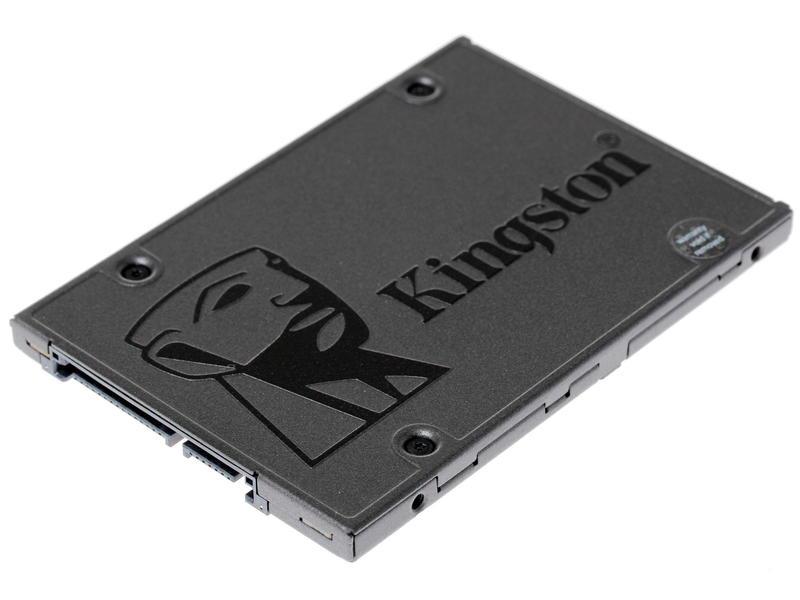
- "M. 2" is the most dynamic form factor in terms of popularity growth. Its key feature is a greater read/write speed than is offered to owners of "2.5-s SSD". The appearance is a compact card that plugs into the appropriate connector on the motherboard;
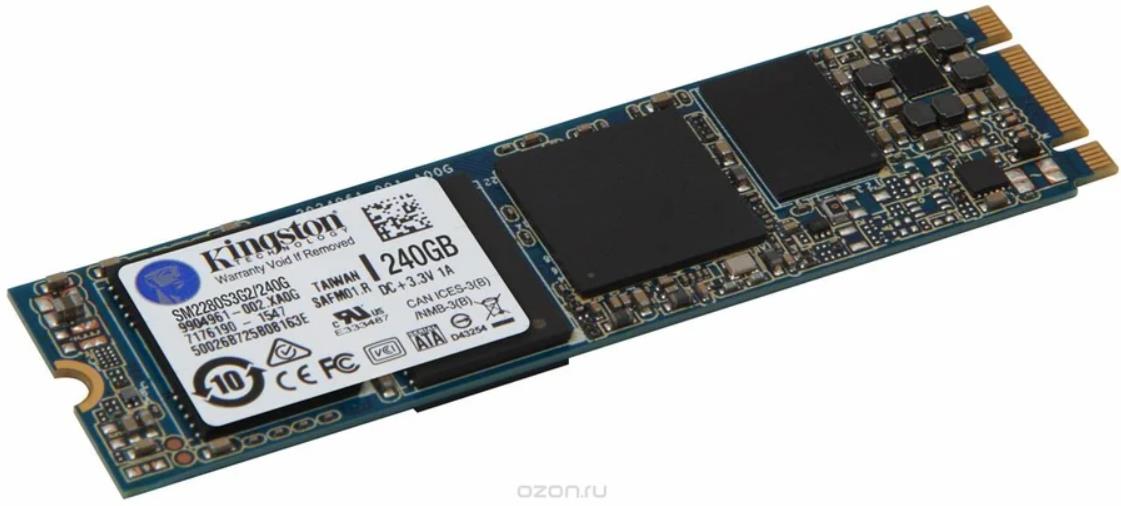
- "mSATA" – less popular variation, but offering more compactness, which can already be considered "last century".
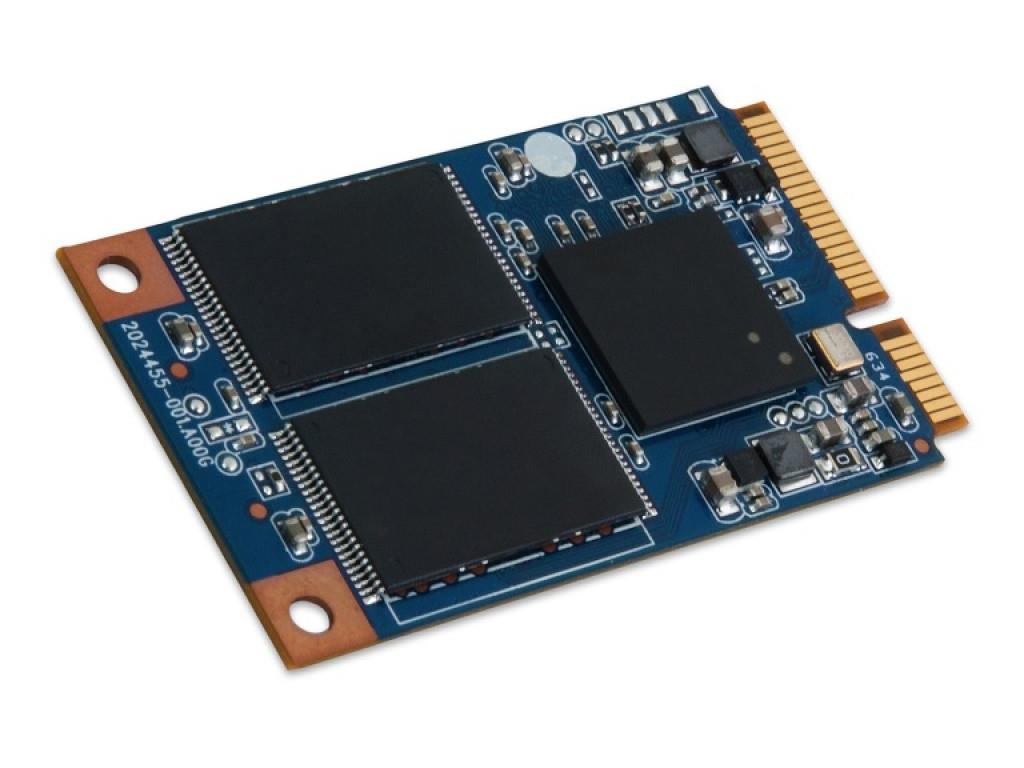
Separately it is necessary to say a few words about the proposed connection interfaces:
- SAT "SATA2 / SATA3" is low cost and maximum availability/prevalence, but this technology is not designed for high-performance configuration, which must be considered when choosing a drive. In fact, this is the most attractive option for "domestic" use.
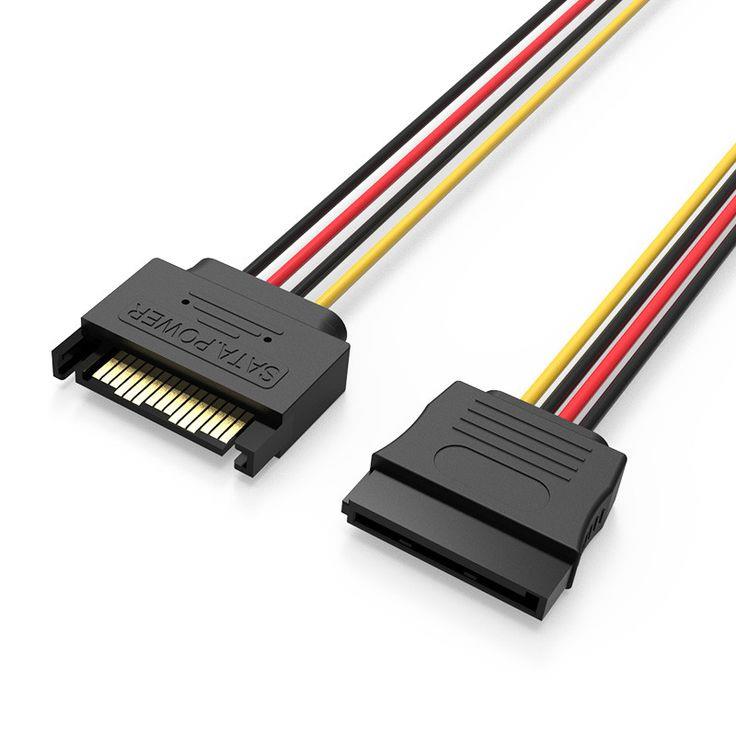
- "PCI Express (PCIe)" - but the interface "PCI Express", just different high speed-read / write, but it directly affects the cost of these devices.
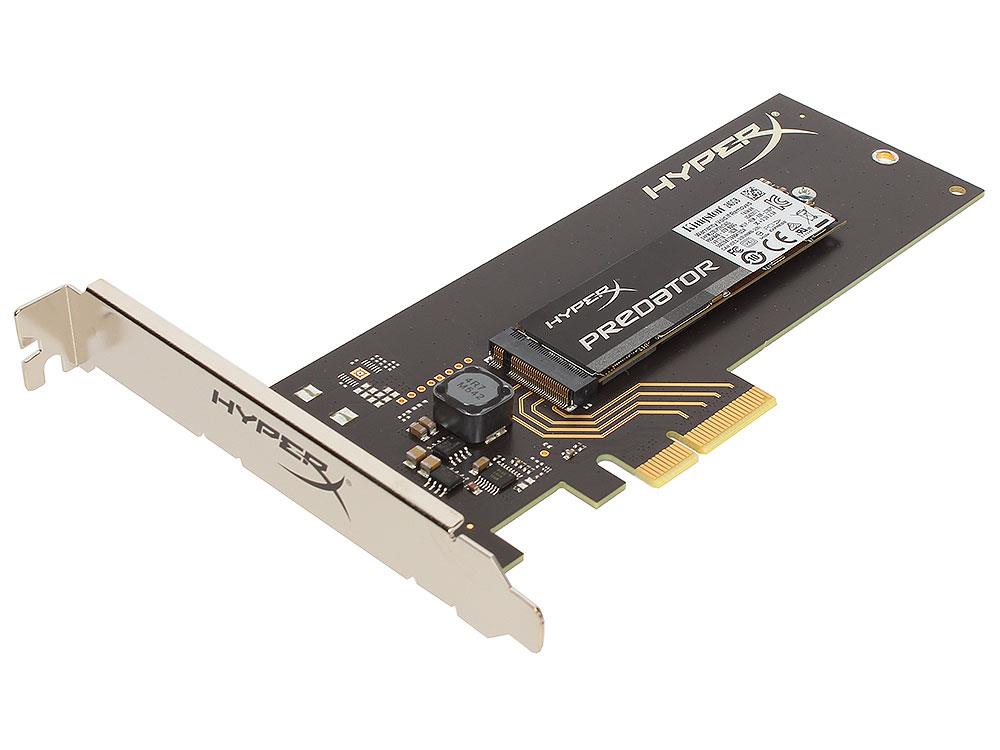
And finally, the main points of the memory types used:
- "TLC NAND" - this is the most cost-effective drives, involving the storage of 3 bits of data in 1 cell. Following the path of maximum price reduction, the developers had to go for a significant reduction in durability;
- "MLC NAND" is the "Golden mean" with the most optimal price/quality ratio. Two bits per cell, an average life span of 7 years and an affordable price for an attractive volume.
- "SLC" is an outdated technology that previously offered the maximum speed for their devices and a long lifespan, but this led to a significant increase in the cost of such drives. Everything rested on the fact that one cell accounted for one bit, respectively, for a 64 GB drive would have to pay as much as for an SSD with TLC in several times greater volume.
So, summarizing all of the above. The choice of SSD for each should be based on three components:
1."Volume" is perhaps the key factor that will determine further aspects. For someone 128 GB is more than enough for a bunch of SSD + HDD, and for someone and 500 GB is not enough;
2."Form factor" - it all depends on the computer in which the SSD will be used;
3."Price" - the cost of the disk will vary on the "three whales" - this is the manufacturer (the more eminent the manufacturer, the more solid the cost of their products) - volume-type of memory.
From personal experience many years of experience of cooperation in a bunch of SSD + HDD-128 GB for the operating system and 1 TB for files-enough in excess.
Need special settings?
If a few years ago someone would have asked this question, then it could be answered unequivocally – "YES!".
But for 2019-2020, the need to conduct any specialized manipulations to configure the SSD after installation or to optimize the operating system for such a bunch, disappeared by itself.
Even many operating system optimizers, to which the author of the article is very skeptical, are already equipped with tools for working with solid-state drives, and finally stopped offering to defragment them.
So, returning to the main question: "do you need any special settings for the joint work of SSD+HDD", it is safe to say that there is no such need.
The entire setup process can be described as follows:
- Installing and connecting the drive;
- Install on SSD operating system;
- Distribution of authority-SSD-system files, HDD everything else;
- Maintaining balance in the further work of the disks.
Four stages, the implementation of which is no different from the usual installation of the operating system, as the process is identical.
Conclusion
As a summing up of all considered subject it is necessary to tell couple of words about the specialized software which offers to optimize or accelerate work of SSD-disks.
The attitude to them is quite ambiguous, since solid-state drives, by and large, do not need any optimization. They work properly, so to speak, from the conveyor.
The Windows 10 operating system has long been optimized for those who use SSD or SSD+HDD; it also does not require optimization.
"It is not necessary to look for difficulties where there are none" - perhaps, this statement characterizes the topic under consideration as much as possible.
For those who are still looking for specialized software to optimize the performance of the solid state drive pay attention to the following options: « SSD Tweaker», « SSD Boost Manager», « SSD Life», «Tweak-SSD».